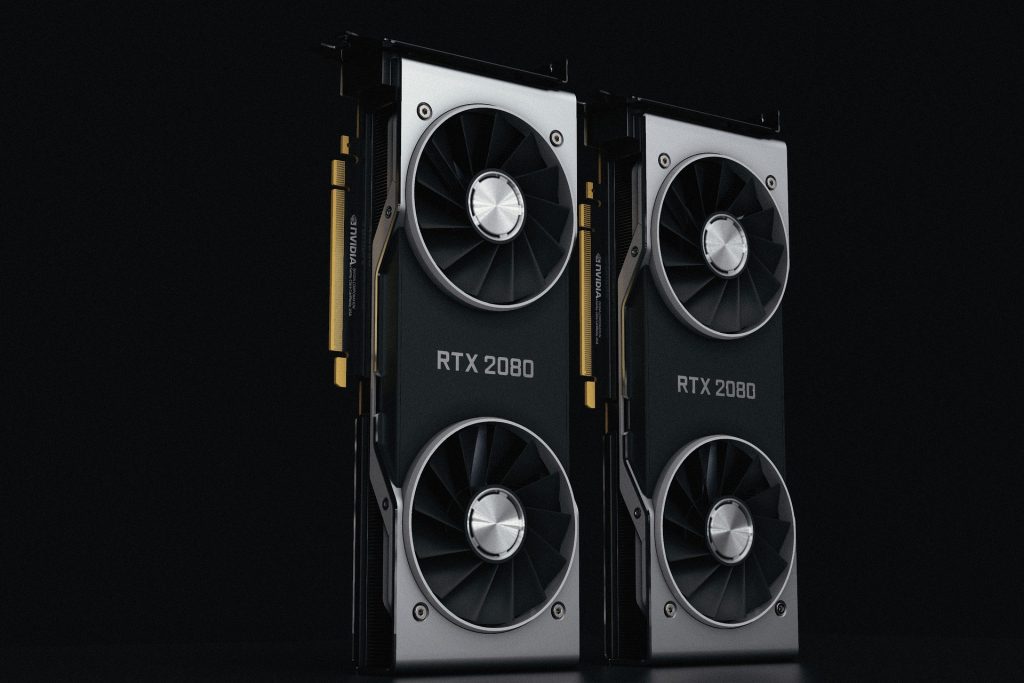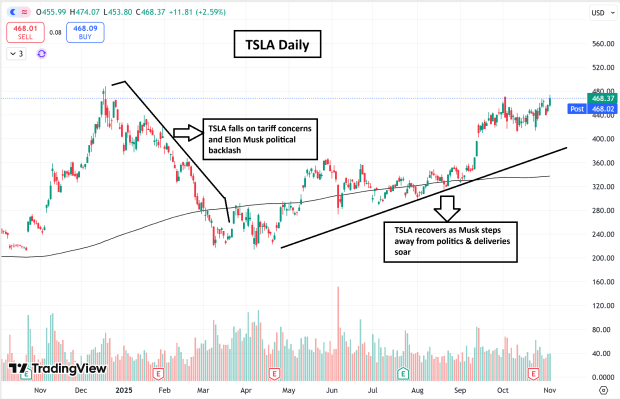Understanding the Value of Nvidia versus Amazon in Today’s Market
Question: Why would you pay 30 times earnings for Amazon’s stock (NASDAQ: AMZN) when you could buy Nvidia’s stock for 33 times earnings? You wouldn’t, especially when you consider three simple facts:
- Growth: Nvidia’s revenue is growing at a significantly higher rate, exceeding 80% annually over the last three years. In contrast, Amazon’s revenue growth sits around 11%.
- Margins: Nvidia boasts profit margins above 60%, ensuring that a larger portion of its revenue translates into profits for shareholders. Meanwhile, Amazon’s operating margins are approximately 11%, meaning that even if it expands, a smaller fraction of that growth results in actual profit.
- Tariffs: Nvidia’s revenue is likely less impacted by international tariffs compared to Amazon. The latter has a vast global e-commerce presence, making it more vulnerable to trade issues. Additionally, Amazon’s international operations involve complex supply chain risks, while Nvidia may have lower direct tariff exposure despite its global reach.
Is Nvidia A Safe Bet?
Nvidia might evoke thoughts of a “safe haven,” but its historical performance during market shocks tells a different story. For context, here are Nvidia’s behaviors during past shocks: during the inflation spike in 2022, NVDA dropped more than 65%. In 2020, amid pandemic uncertainty, the stock fell over 35%. Most remarkably, during the 2008/2009 financial crisis, NVDA plummeted by 85%. Thus, NVDA stock is not precisely considered a safe stock. Our dashboard, titled How Low Can NVIDIA Stock Go In A Market Crash? provides a detailed analysis of the stock‘s performance during and after previous market crashes.
However, it is noteworthy that Nvidia’s stock has already faced a considerable correction, dropping from nearly $150 at the beginning of the year to below $100 currently. For investors looking for a potentially more stable and high-performing option, consider the Trefis High Quality portfolio, which has outperformed the market with over 75% returns since inception, as indicated by its HQ performance metrics.

Image by Nana Dua from Pixabay
Nvidia: The AI Arms Provider
If you believe in the long-term growth of Artificial Intelligence, Nvidia could be a noteworthy investment at its current valuation. The reason is that Nvidia functions as an “arms provider” in the AI race. By investing in Nvidia, you’re not banking on one company, such as OpenAI, Google, or Amazon, to dominate the AI market. Instead, you are investing in the foundational infrastructure relied upon by these major players. As the AI race is still developing, significant investment is underway; for example, Google is allocating approximately $75 billion toward technology infrastructure capital expenditures, highlighting the scale of these investments.
Potential Risks to Consider
Nevertheless, Nvidia is not without potential risks. One concern is that the company’s earnings could fail to meet expectations, or growth may decrease from the current 50% to around 30% in the near term as firms focus on conserving cash. Additionally, Nvidia’s customers may pivot toward creating more efficient AI models, which could lessen their demand for increased chip quantities. Finally, unexpected events could adversely affect the stock. Recognizing these risks, investors should be ready for potential significant downsides, potentially as much as 40%. Exiting during such a downturn could be harmful.
Long-Term Perspective
In spite of these challenges, long-term investors with a 3-5 year outlook who can tolerate volatility may find Nvidia at its current valuation an intriguing entry point into the burgeoning AI market. For individuals researching strategies to maneuver through market downturns and seize opportunities, exploring options such as the Trefis Reinforced Value (RV) Portfolio, which has consistently outperformed its all-cap stocks benchmark—comprised of the S&P 500, S&P Mid-Cap, and Russell 2000 indices—could yield strong returns. Consulting with a financial advisor experienced in bear markets may also prove beneficial. Calm and strategic approaches during market fluctuations have the potential to generate significant wealth.
| Returns | Apr 2025 MTD [1] |
2025 YTD [1] |
2017-25 Total [2] |
| AMZN Return | -8% | -20% | 367% |
| NVDA Return | -10% | -27% | 3614% |
| S&P 500 Return | -10% | -14% | 126% |
| Trefis Reinforced Value Portfolio | -9% | -18% | 492% |
[1] Returns as of 4/8/2025
[2] Cumulative total returns since the end of 2016
Invest with Trefis Market-Beating Portfolios
see all Trefis Price Estimates
The views and opinions expressed herein are the author’s and do not necessarily reflect those of Nasdaq, Inc.





